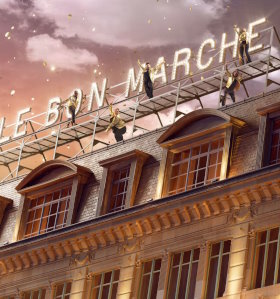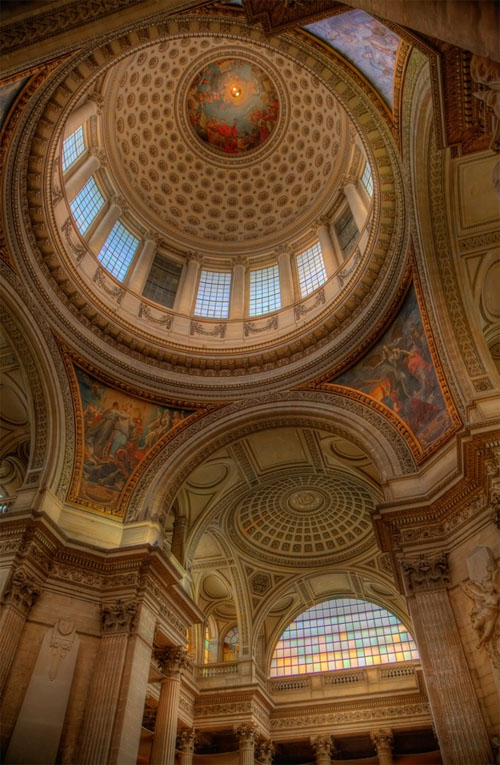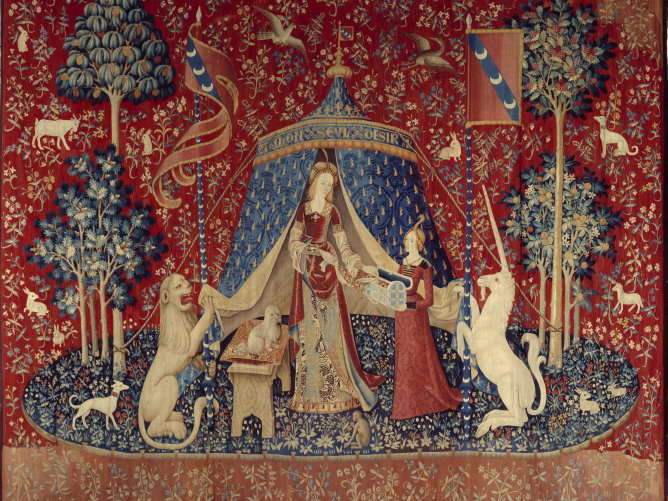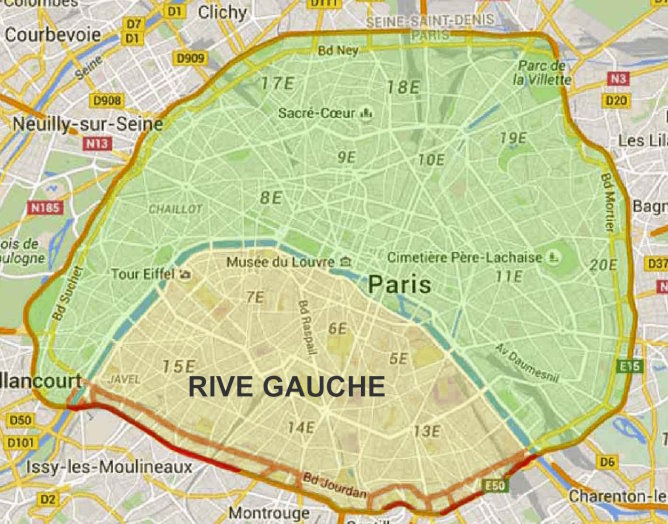Left Bank Paris. Left bank Paris map
Locate the Left Bank, Rive Gauche in French, its 5th, 6th, 7th, 13th, 14th, 15th arrondissements, on Paris map. Paris Left Bank is ideal for a stay with charming boutique hotels and restaurants. Places to visit in Paris. Paris maps.
Paris Left Bank map with top sights
Tle Left Bank main sights are the Seine river banks, Luxembourg Gardens, Le Panthéon, Musée d'Orsay, Saint-Germain-des-Prés, Mouffetard market. Rue de Sèvres boasts the Hermès Store and Le Bon Marché Department Store.
Paris Left Bank
The Seine river flows westwards cutting the city in two halves. Geographically speaking, the Left Bank is the southern bank of the river. The right bank is its northern bank. Facing downstream, the southern bank is to the left. The northern bank is to the right. The Left Bank includes the 5th, 6th, 7th, 13th, 14th and 15th arrondissements. The Left Bank is called Rive Gauche in French and the Right Bank is Rive Droite.
But, for Parisians, geography is not key. When mentioning the Left Bank, Rive Gauche in French, they refer to the central and old district around Saint-Germain-des-Prés, extending it to Quartier Latin around Sorbonne University and Montparnasse around Tour Montparnasse. The Eiffel Tower, for example, is by geography in the Left Bank, but it is not in the Left Bank district.

Eiffel Tower is by geography in the Left Bank
Where is the Left Bank in Paris on the map
Locate the Left Bank, called Rive Gauche in French, its 5th, 6th, 7th, 13th, 14th, 15th arrondissements, on Paris map.
Saint-Germain district in Paris Left Bank
Saint-Germain-des-Prés district is the beating heart of the Left Bank and one of the most Parisian districts in town. Dominated by the tower of the very old and prestigious Saint-Germain-des-Prés Church, Saint-Germain-des-Prés has long been famous as the intellectual district of Paris with the likes of Jean-Paul Sartre and Boris Vian being regulars in cafés and night-clubs. Many visitors have a drink at Café de Flore or Deux Magots, the two most famous literary Cafés in Paris. It is too a top shopping area. The Saint-Germain-des-Prés district around rue de Sèvres, rue du Four, boulevard Saint-Germain, rue Bonaparte has many French fashion stores, including Hermès (17, rue de Sevres), one of the most spectacular fashion stores in town. Discover Musée Delacroix in Place Furstemberg, the loveliest in town.

Saint-Germain-des-Prés on the Left Bank
Paris Left Bank top museum
Housed in the 1900 Orsay train station on the Seine river banks, Musée d'Orsay is the 19th century art museum of Paris. Its impressionist painting collections are worth the trip. Monet, Van Gogh, Manet, Renoir, Gauguin and Sysley are specially well represented. Musée d'Orsay, Musée Marmottan, Musée de l'Orangerie and Giverny Gardens together turn Paris into the impressionism capital of the world.

Musée d'Orsay is in the Left Bank
Stay in top Paris hotel

Favorite Left Bank hotel
Hotel Saint-Paul is conveniently located between La Sorbonne and Luxembourg Gardens in rue Monsieur-le-Prince, an old left bank street.
The hotel offers air-conditioned and soundproofed guest rooms with flat-screen TV and free Wi-Fi access. Guests can relax in the shared living area, with an open fireplace.The hotel serves a buffet breakfast in the 17th-century arched cellar. Room service offers a choice of hot drinks.
Paris 75006 France

Hotel Saint-Paul is near Luxembourg Gardens
Rue de Sèvres shopping street in Paris left bank
Rue de Sèvres is a famous Left Bank shopping street. With adjacent streets, rue de Sèvres is home to a myriad of fancy French fashion stores at walking distance. Hermès, 17 rue de Sèvres, and Le Bon Marché department store, 24 rue de Sèvres, are the best known shopping venues of the Left Bank.
At 24, Le Bon Marché is one of the best Paris department stores. Le Bon Marché is high end and specializes in fashion. Opened in 1852 at the initiative of Aristide Boucicaut, Le Bon Marché was the first department store in the world. The unique space was designed by architect Louis-Charles Boileau and engineer Gustave Eiffel.
Paris metro: Sèvres Babylone station, line 10 and 12

Le Bon Marché is Rue de Sèvres in Paris
Paris Left Bank top gardens
At walking distance from Saint-Germain-des-Prés, the Luxembourg Gardens are certainly the preferred gardens of Parisians. Spread with statues, fountains and flowers, they are the most romantic gardens in Paris. They are crowded on sunny days. North of Luxembourg Gardens, the area around Saint-Sulpice church is quite lovely. Since 1799, the Luxembourg Palace houses the Senate, one of the two chambers of the French Parliament with the National Assembly. Members of the two Houses are chosen by different electoral systems. The 348 senators are assisted by specialized civil servants and parliamentary aides. 2000 people work for the Senate. The Speaker of the Senate ensures the stability of France’s institutions. He is called upon to replace the President of the Republic in the event of his death or resignation. The Palace cannot be visited.

Luxembourg Gardens are in the Left Bank
Paris Left Bank top monument
Le Panthéon is certainly the most famous monument in the Left Bank. It was built in the 18th century as a church dedicated to Saint Geneviève, the patron saint of the city. It was turned into a memorial place during the French revolution. The inscription above the entrance reads “To great men, the grateful homeland”. The large crypt accommodates the vaults of great French public figures, including Voltaire, Rousseau, Victor Hugo, Émile Zola, Jean Moulin, Louis Braille, Jean Jaures and Soufflot, its architect.
French King Louis XV vowed in 1744 that if he recovered from his illness he would replace the ruined church of the Abbey of Saint Geneviève with a monument worthy of the patron saint of Paris. The king regained his health. Architect Jacques-Germain Soufflot was chosen and the construction began in 1758. Due to financial problems, work proceeded slowly. The church was finally completed in 1790, during the early stages of the French Revolution.

Le Panthéon is in the Left Bank
Top gastronomic restaurant Left Bank
In between the Seine River and Saint-Germain-des-Prés in the Left Bank, Relais Louis XIII is housed in a 17th century house, featuring old stones, noble wooden beams, engravings, stained glass windows and antique chairs.
Very attached to traditional French cuisine, Manuel Martinez, the cook, revisits it and brings an elegant modernity to his classical dishes. The cook is obsessed with finding the truth in flavors, through a meticulous produce selection process. Great gastronomy. 80 euro signature menu at lunch time.
One of our favorites restaurants in town. We are regulars.
Paris 75006 France

Relais Louis XIII serves top French gastronomy

The lady with unicorn tapestries, a treasure of Paris Left Bank
A masterpiece of 15th century kept in Musée de Cluny in Paris Left Bank, the lady with unicorn tapestries have a mysterious appeal. Their beautiful red color and the luxuriance of their thousand-flower background captivate the eye while the intricacies of their interpretation have continued to make ink flow for two centuries. Built in six pieces around the evocation of the five senses, the lady with unicorn tapestries are attributed, for their cartoons, to the painter Jean d'Ypres, a very active member in Paris, around 1480-1510. If this context of creation has been established by recent studies, the tapestries still raise questions about their symbolic and moralizing meaning. This is all the more so since the order in which the tapestries were to follow one another is not established with certainty. Traditionally interpreted as a depiction of a spiritual quest, the work can also be related to courtly allegories taken from the Roman de la Rose (13th century), a work by Guillaume de Lorris. It remains a veritable monument of meditative poetry.
The top thematic Paris maps
Metro
As driving and parking are quite difficult in the city, the metro is the most heavily used means of transportation. The metro is safe and clean. Locate metro lines and metro stations on the map. Find your itinerary in town. Check our Paris metro map
Bus network
Download printable Paris bus network map.
Arrondissements
The city is divided into 20 arrondissements, its administrative subdivisions with each a separate city hall and a zip code. As example, the zip code of the 1st arrondissement is 75001. Locate most city top sights on the Paris Arrondissement map.
Hotels
There is a wide choice of hotels and apartments in town with very different quality and value for money. Most hotels are small and charming boutique hotels. Locate our favorite hotels in town and our favorite districts for hotels on Paris hotel map.
Restaurants
There is a huge number of restaurant in the city, both French and foreign. In general, the tourist districts offer poor value for money. But, there are exceptions. Locate our favorite restaurants in town on Paris restaurant map.
Shopping venues
From the huge shopping malls to the small specialized shops, there are shopping venues matching your taste. Locate the best shopping venues in the city on Paris shopping map: fashion streets, department stores, shopping malls, flea market.
Paris map pdf
It is quite practical to have and use a printed pdf map when in town. Check and print in town the free printable Paris map pdf with the main streets of the city, the metro stations, the train stations and the top tourist signts.
Monuments
Locate the top monuments on Paris monument map. It includes the Eiffel Tower, Notre-Dame, the Louvre, the Sacré-Coeur, the Arc de Triomphe, La Conciergerie, the Sainte Chapelle, the Fondation Louis Vuitton, Palais de Chaillot.
Museums
The city is world famous for its top museums of art: Musée d'Orsay, Louvre, Centre Pompidou, Musée d'Art Moderne, Musée Picasso, Musée Marmottan. Locate and view the top museums on Paris museum map.
Gardens and parks
Locate the top gardens and parks on Paris garden map: Luxembourg Gardens, Les Tuileries, Parc de la VIllette, Buttes-Chaumont, Parc Monceau, Bois de Boulogne, Bois de Vincennes.
Sightseeing
Locate and view the top sights on Paris sightseeing map: on one map, monuments, museums, parks and gardens.
Tourist map
Locate top tourist sights on Paris tourist map. It includes monuments, museums, gardens, shopping venues, restaurants
The top district Paris maps
Champs-Elysées
The Champs-Elysées are both one of the most beautiful avenues in the world and a fantastic shopping district with Avenue Montaigne and rue du Faubourg Saint-Honoré near-by. Explore the Champs-Elysées with Champs-Elysées map.
Seine river
Discover the fabulous Seine river banks and its many famous sights, islands and bridges on Seine river map: Eiffel Tower, Palais de Chaillot, Musée d'Orsay, Louvre Museum, Notre-Dame, Pont Neuf, Ile Saint-Louis, Ile de la Cité.
Montmartre district
Montmartre is at the same time a village like hilly district and one of the most touristic districts in town. Discover Montmartre and its top sigths including Sacré-Coeur, Place du Tertre, Moulin de la Galette and Moulin Rouge on Montmartre map.
Disneyland
Disneyland is the top sight of the city and of Europe. Locate and view Disneyland top attractions on Disneyland map.

